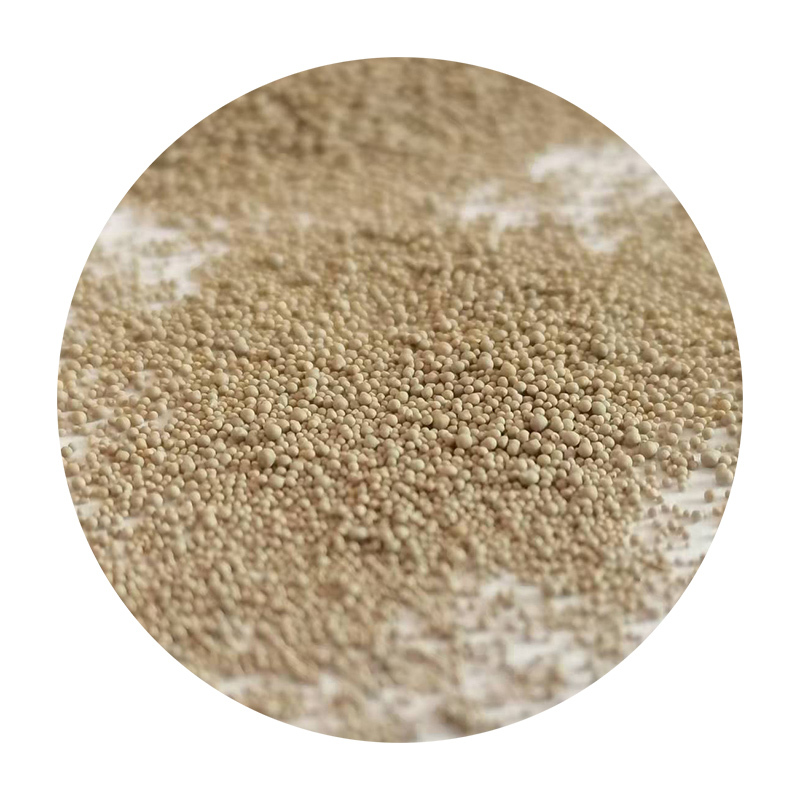Understanding Sand Casting Processes
Sand casting is one of the oldest and most widely used manufacturing processes in metalworking. It involves the creation of metal objects by pouring molten metal into a mold made from sand. This process is popular due to its versatility, cost-effectiveness, and the ability to produce complex shapes with excellent surface finish. In this article, we will explore the various stages of the sand casting process, its advantages, and its applications.
The Sand Casting Process
The sand casting process involves several key steps
1. Pattern Making The first step in sand casting is to create a pattern, which is a replica of the final product. Patterns can be made from various materials such as wood, plastic, or metal. The accuracy of the pattern is crucial as it determines the final dimensions and details of the casted part.
2. Mold Creation Once the pattern is prepared, the next step is to create a mold. This is done by packing sand around the pattern to form a two-part mold. The sand used is typically a mixture of silica sand, clay, and water. The clay acts as a binder, helping the sand hold its shape. After packing the sand, the mold is carefully separated to remove the pattern, leaving a cavity that mirrors the object to be cast.
3. Melting and Pouring With the mold ready, the next step is to melt the metal that will fill the mold. Common metals used in sand casting include aluminum, iron, and bronze, selected for their favorable casting properties. Once the metal reaches its melting point, it is poured into the mold at high temperatures and allowed to flow into every detail of the cavity.
4. Cooling After pouring, the metal is left to cool and solidify. The cooling rate influences the final properties of the casting, including strength and microstructure. Depending on the thickness of the casting and the metal used, cooling can take from a few minutes to several hours.
sand casting processes

5. Mold Removal and Finishing Once the metal has cooled and solidified, the sand mold is broken away to reveal the cast part. The casting may have some surface defects or unnecessary material, so finishing processes such as grinding, machining, or sandblasting are often employed to achieve the desired surface quality and dimensions.
Advantages of Sand Casting
One of the main advantages of sand casting is its cost-effectiveness, especially for low to medium production volumes. The materials required for sand molds are relatively inexpensive, and the process itself can be easily scaled. Additionally, sand casting allows for a wide variety of complex shapes to be produced without the need for expensive tooling.
Sand casting is also highly adaptable, suitable for casting ferrous and non-ferrous metals. This versatility makes it an attractive option for various industries, including automotive, aerospace, and art.
Applications
Sand casting has found its place in many applications due to its flexibility. It is commonly used to produce engine blocks, pump housings, and various machine parts. In the artistic realm, sand casting techniques are employed to create sculptures and decorative items, allowing for creativity and craftsmanship to flourish.
Conclusion
Sand casting remains a fundamental process in manufacturing, deeply rooted in tradition and innovation. Understanding the steps involved, along with its advantages and applications, can provide valuable insights for engineers, designers, and manufacturers seeking effective and efficient ways to produce metal components. As technology continues to evolve, sand casting will likely adapt, ensuring its relevance in modern production processes.
Post time:کانونی یەکەم . 05, 2024 14:04
Next:dry sand casting process
